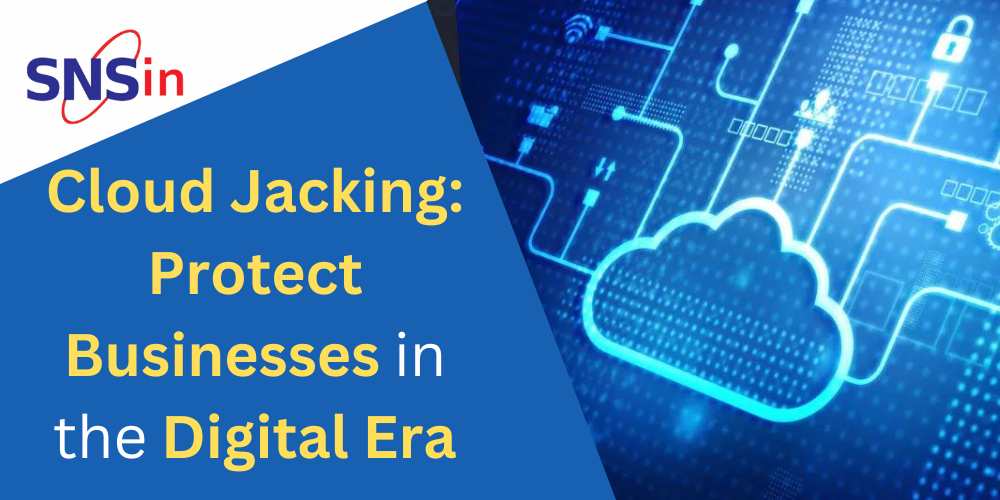Various Malware Attack Vectors :
- Virus – Malicious software/script hidden in an attached document that uses macros to execute its code and propagate. A virus will lay dormant after installation into your system. Once the file is accessed, the malicious code/script starts execution. They tamper with the functionality of your system and render your OS inoperable. Either way, computers infested with viruses may result in system failures and data loss.
- Fileless Malware – Malware exploiting trustworthy applications to infiltrate a computer is known as fileless malware. It sneakily attacks the inbuilt applications, tools, and software in the operating system. It piggybacks on legit scripts and processes being executed only in RAM. Fileless malware is a memory-based attack. Therefore, it is hard to detect and remove as it doesn’t leave a trail.
- Worms – Malware that rapidly replicates itself to all the systems connected within a network. By exploiting a security vulnerability in the OS or software, worms can replicate themselves without a host application. User intervention is not needed for it to function. Worms disrupt the functionality of the device and destroy data.
- Ransomware – One of the most lucrative and, thus, most widely used types of malware among cybercriminals. It is a malware that gains access to sensitive data in your system, encrypts it rendering it inaccessible to the user, and then demands a ransom to decrypt the files.
- Adware – This malware tracks how you use your computer so it can show you relevant pop-up windows or blinking adverts from adware applications. While adware is not always harmful, it can sometimes mess with your system. It reroutes your browser to unsafe websites and even includes Spyware and Trojans. A substantial amount of adware can also dramatically slow down your system. It is crucial to have security measures that continuously and intelligently monitor such programs.
- Trojans – They impersonate themselves as genuine software to lure users into downloading and running them. Once operable, the Trojan virus can access private information and change, block, or destroy data, crash a device, track activities, or even deploy attacks. The device performance is severely affected.
- Spyware – This type of malware operates covertly on a computer and sending information to a remote user. It allows a remote user to monitor all the forms of communication on the targeted device rather than just interfering with device functionality. Spyware steals personal or financial data. Keyloggers are a particular kind of spyware that track your keystrokes and leak passwords and other private data.
- Scareware – Cybercriminals manipulate users by scaring them. Users tend to believe their computers or devices are under attack, thus, persuading them to download or even buy a bogus application. While browsing the web, the warning states, “Caution: Your computer is compromised!” or “You have malware!” in a typical scareware scam. Cybercriminals scare users into buying fraudulent software using these dubious advertising techniques, thus, the name Scareware.
- Different parts of the file system start self-replication.
- Applications are installed those record keystrokes without the users’ knowledge while slowing the system down significantly.
- Block access to files, programs, or systems and even demand the user to make a payment to regain access.
- Saturate your desktop or browser with advertisements. Each time the page loads, random ads pop up within seconds.
- Such ads also pop up while the user stays offline.
- Too many website redirections making the user visit harmful pages.
- Control Panel on the Windows system is inaccessible.
- Damage a device’s critical system components and leave it inoperable.
![]()




